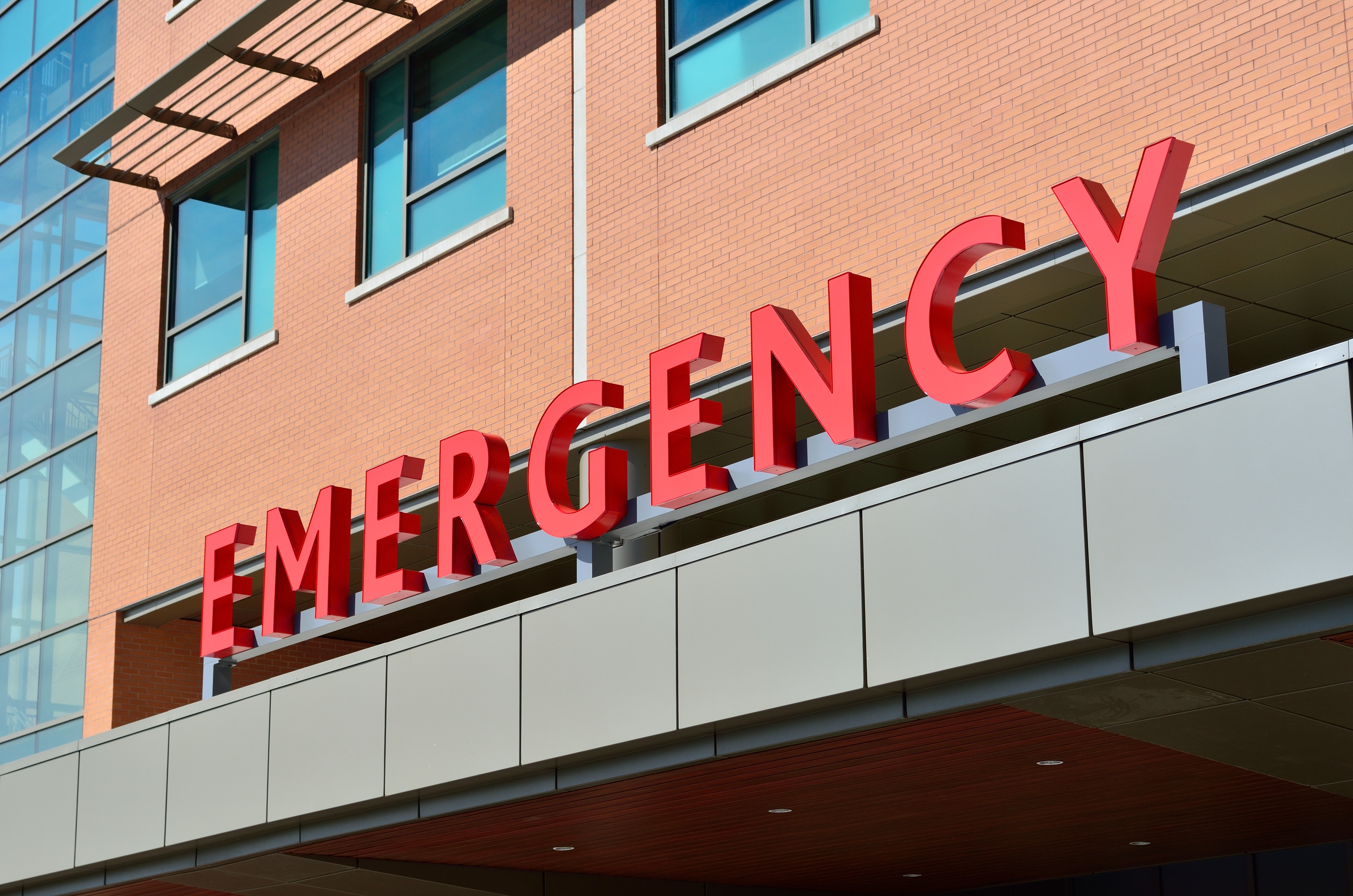Today, the causes of emergencies are multiple – ranging from natural disasters, ageing infrastructure, fire outbreaks and individual medical emergencies – which lead to reactive measures being taken in order to minimize destruction and maximize revival of the loss incurred. The emergency medical field has seen a dynamic transformation continually, the first stage being hammocks to the latest fully equipped ambulances (with Basic Life Support as well as Advanced Life Support apparatus). Technology has given it the requisite boost in order to speed up processes of contacting the ambulances as well as the interval for transporting patients to the hospital, by ensuring no delay has occurred in providing first aid care. This is made possible through present-day ambulances that are designed to function as mobile hospitals. It is even possible to contact the police or a doctor in order to receive advanced precision in emergency care especially if the patient’s condition is critical.
It is not only a responsibility but also a duty of the government to build and invest in the health care and emergency services sectors. However, as the past has suggested, partnerships between private and public organisations will help accelerate the process of maintenance as well as an expansion of the services to isolated regions, especially the rural areas.
Having established a better picture of the current scenario of emergency services in the country, we can now visualize and foresee what the future of emergency medical services could look like:
The widespread usage and accessibility of technology will enhance and improve the quality of emergency health care manifold. With social media gaining momentum amongst the youth, increasingly key utilities will be accessible through the internet. Imagine calling an ambulance through a Twitter DM or a Facebook post alert?
Although until recently, the emergency services have been reactive in nature, could there possibly be a way to predict certain emergencies? This would mean that investments are made towards monitoring, planning and response operations management to the maximum extent. Technology is available even today, to predict earthquakes via a Seismometer that picks up vibrations in the Earth’s crust. It’d be great to stay prepared for a medical emergency, wouldn’t it?
Airlift techniques used in the Western countries currently have not made headway into our country yet, however, this could be one of the exciting transformations for Indian emergency services in the near future.
Artificial intelligence is going to grow bigger than ever, most of us know it! One wave of tech transformation can turn the world upside down. A first aid facility can be run by robots programmed to provide emergency care just a button away? If you think this is taking it a little far, don’t be fooled. The current scenario is proof enough to say that technology is moving at a pace that none of us can keep a tab on anymore. Contextually, countries such as Japan have already begun to produce as well as utilize artificially intelligent bots.
India’s population explosion is one of the primary challenges that emergency services need to deal with. Just like the doctor-patient ratio in India has an apparent imbalance, the emergency services also face a talent and resource crunch. In addition, the challenge of accessibility for rural areas is another that needs to be mitigated. Nonetheless, it is found that the rate at which rural populace is migrating to the urban locales is on a steady rise. This means that while emergency medical services become more accessible, the stress on quality will be enormous, serving as a battleground for performance wars between competing emergency service providers. Not to mention, the role of government investments in this prospect will hopefully facilitate a boom in this sector.


